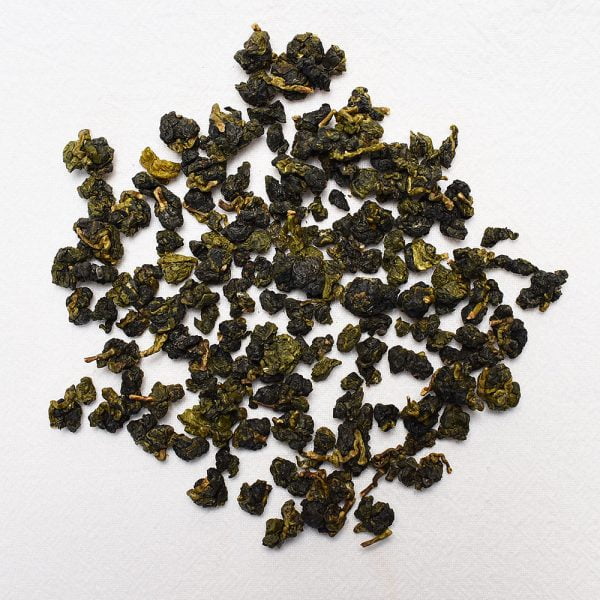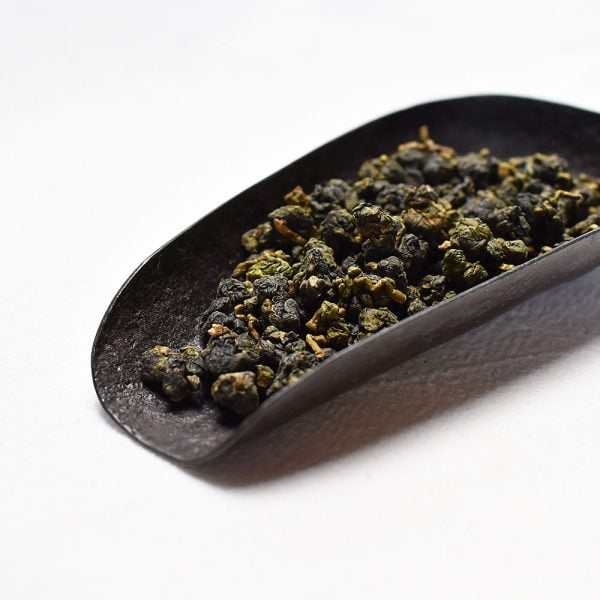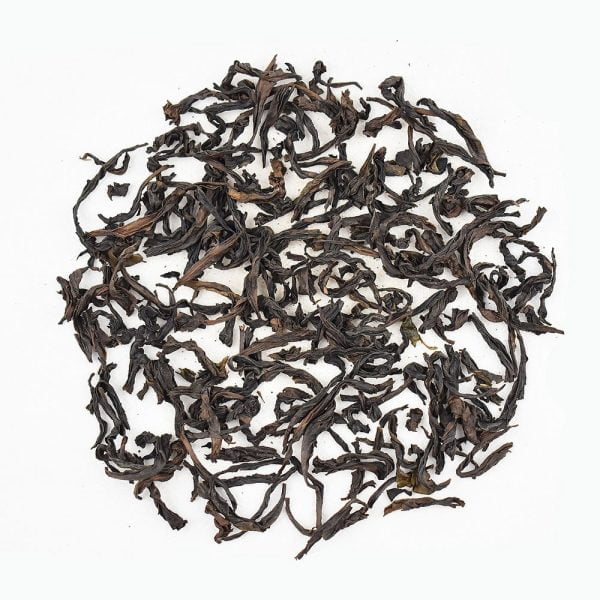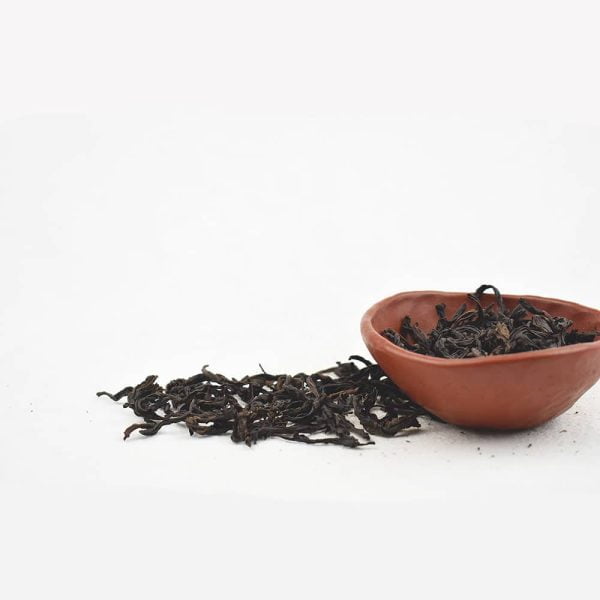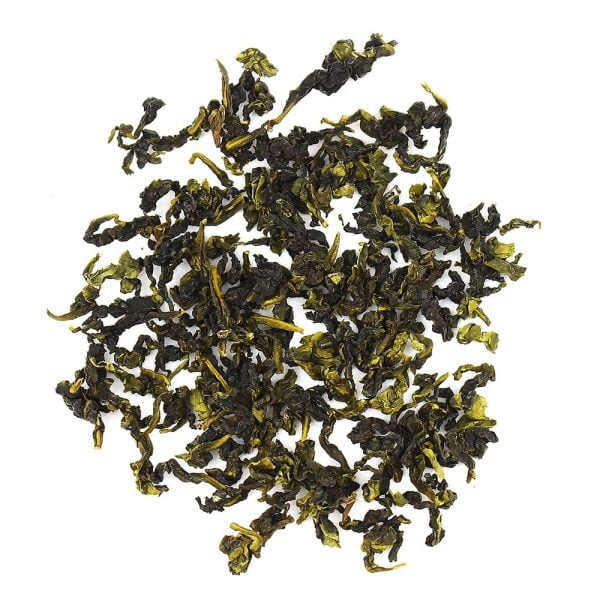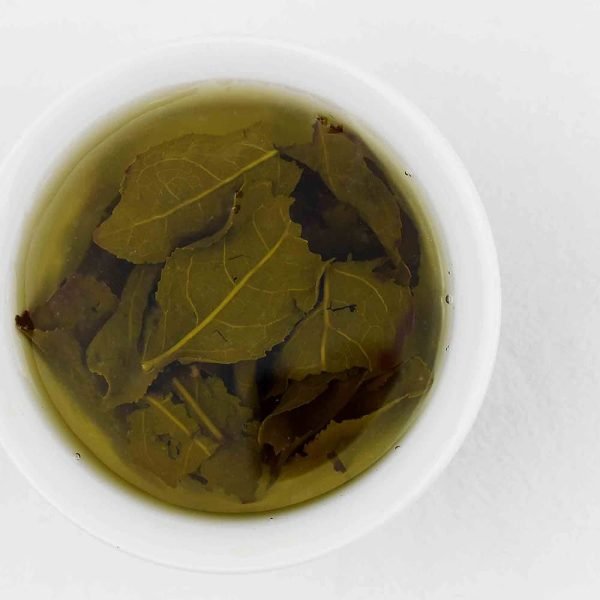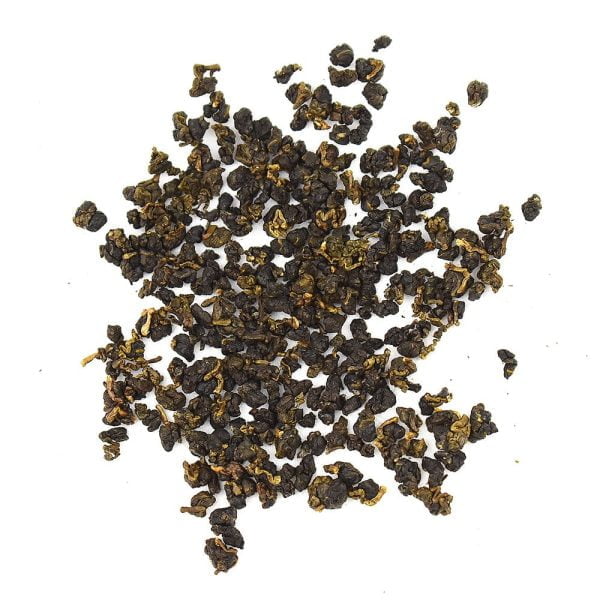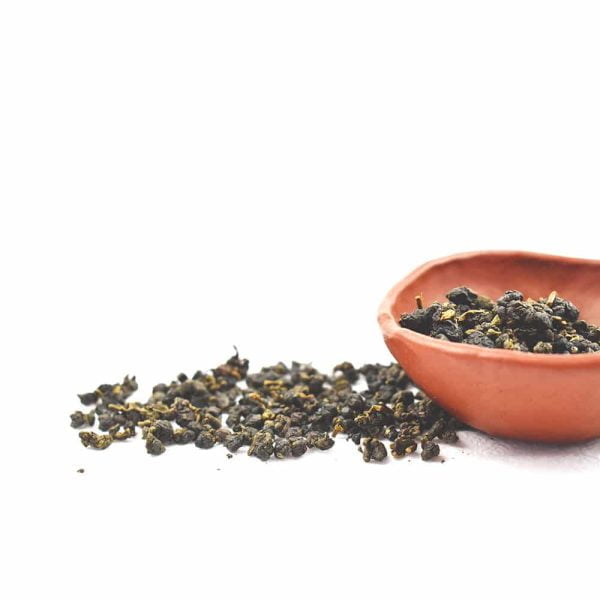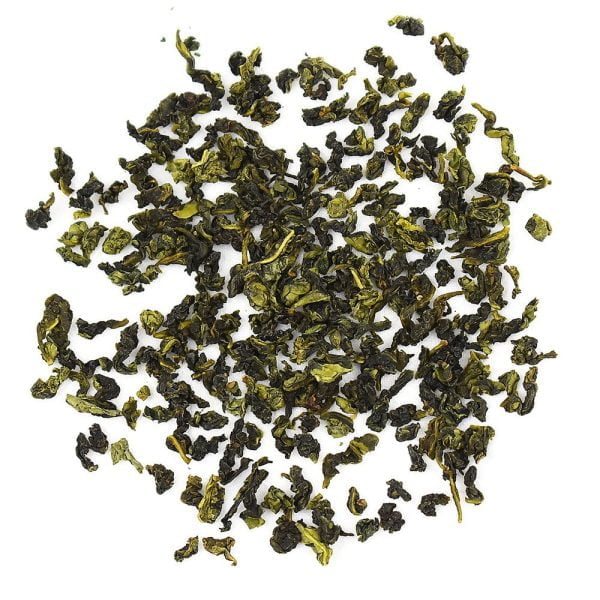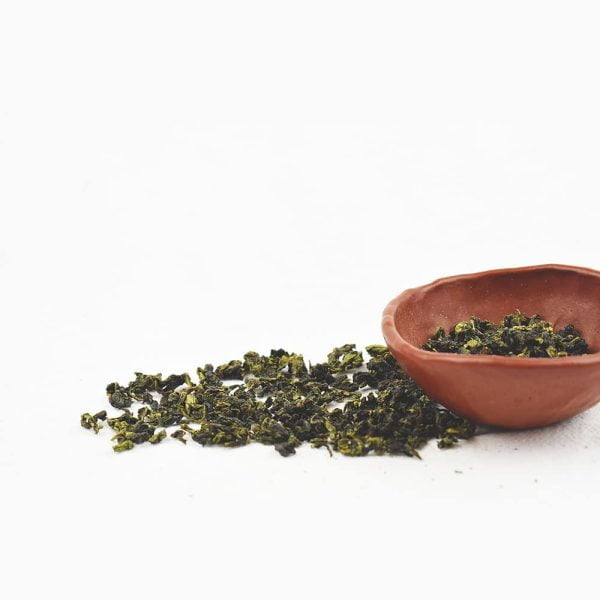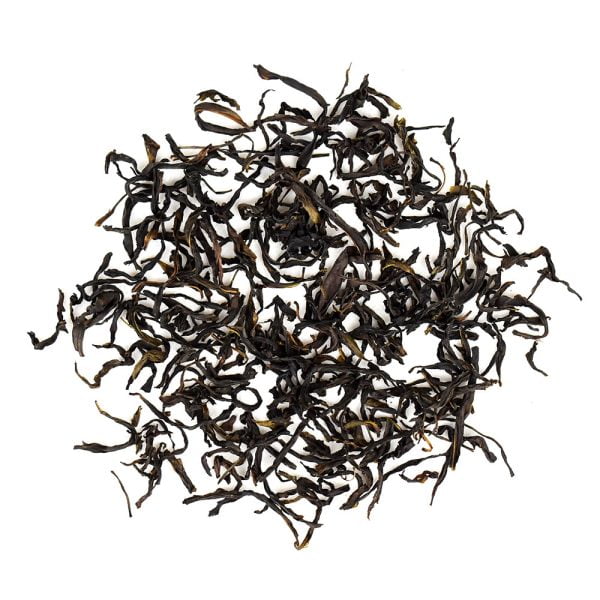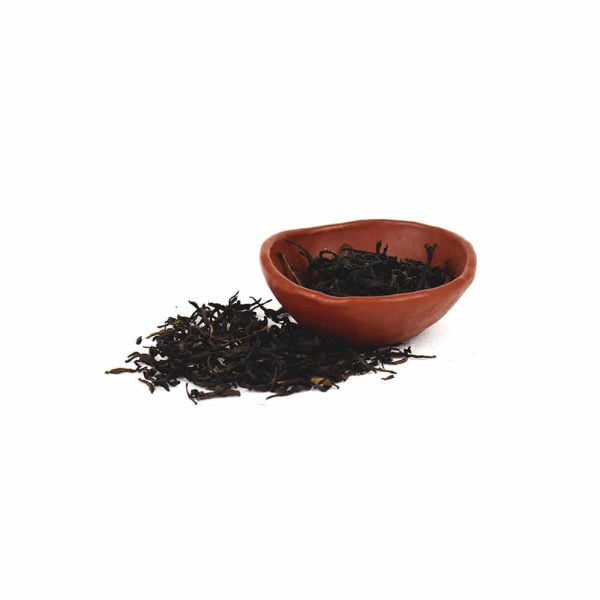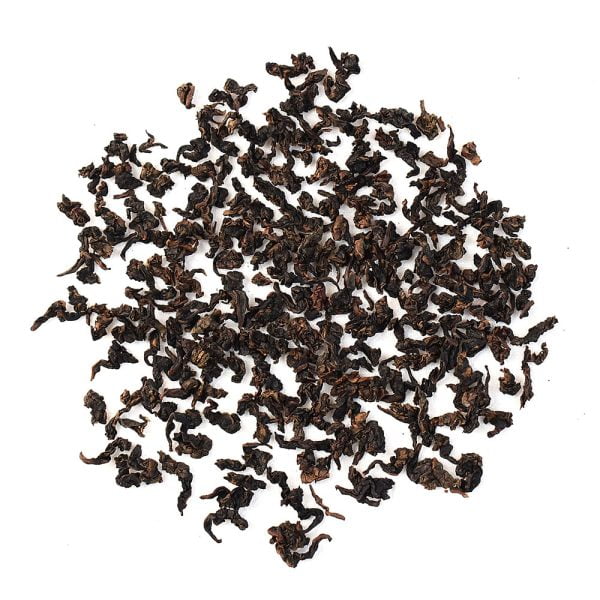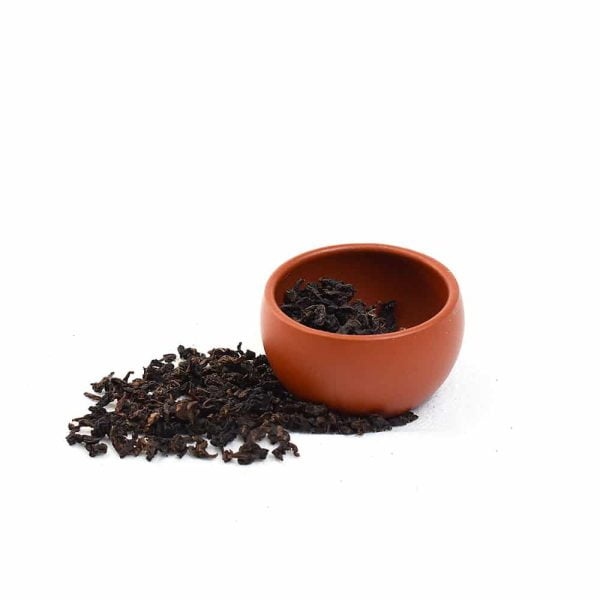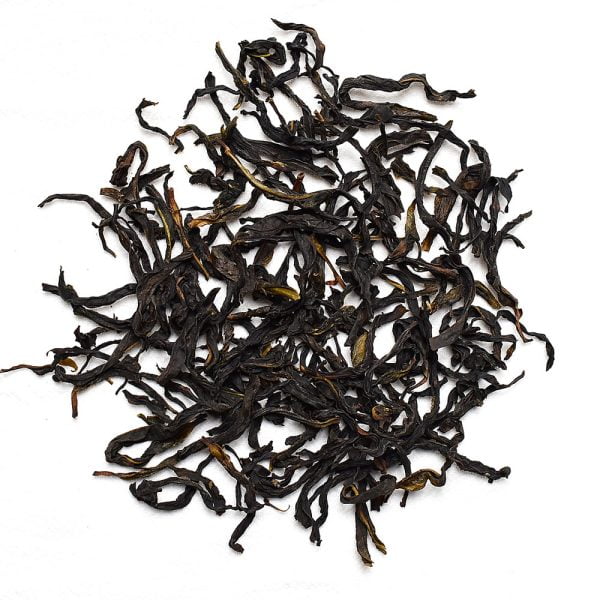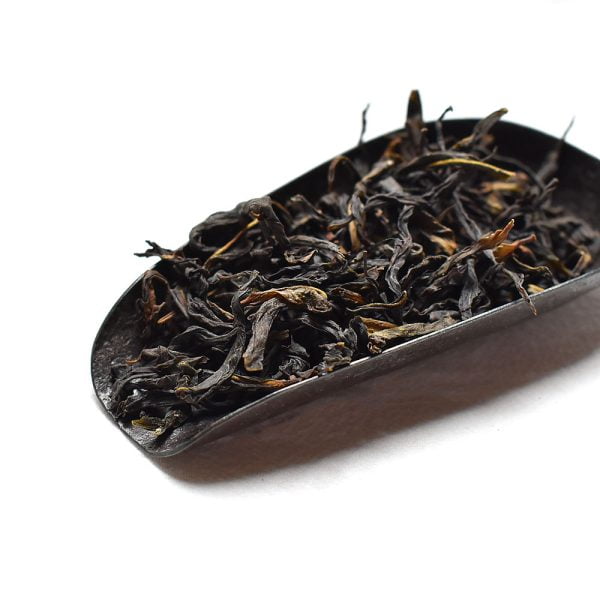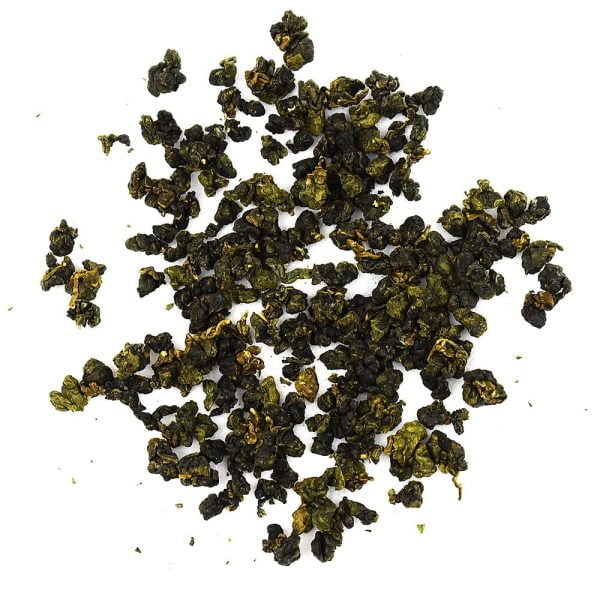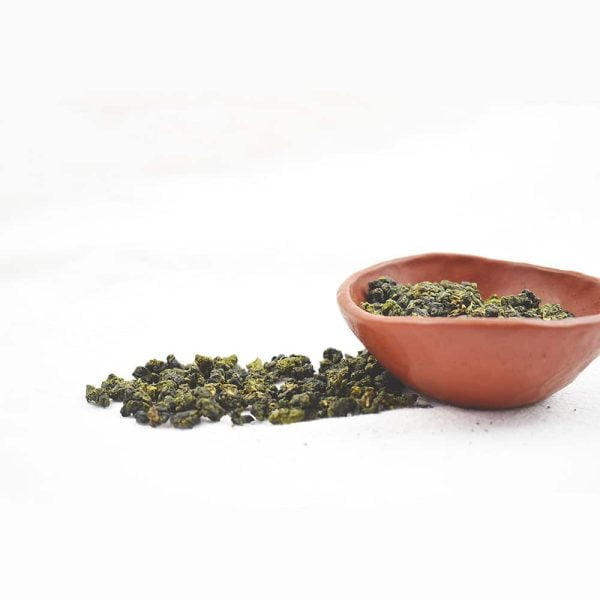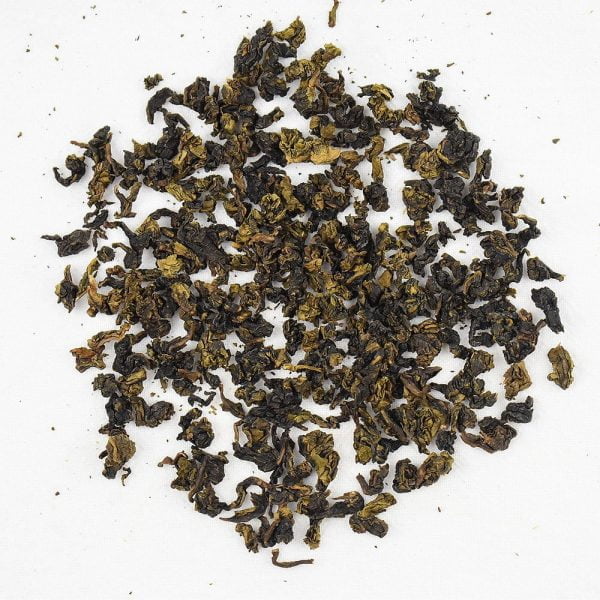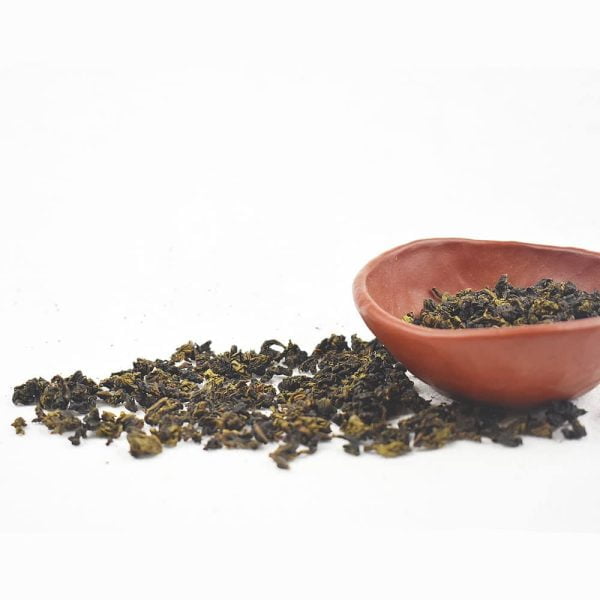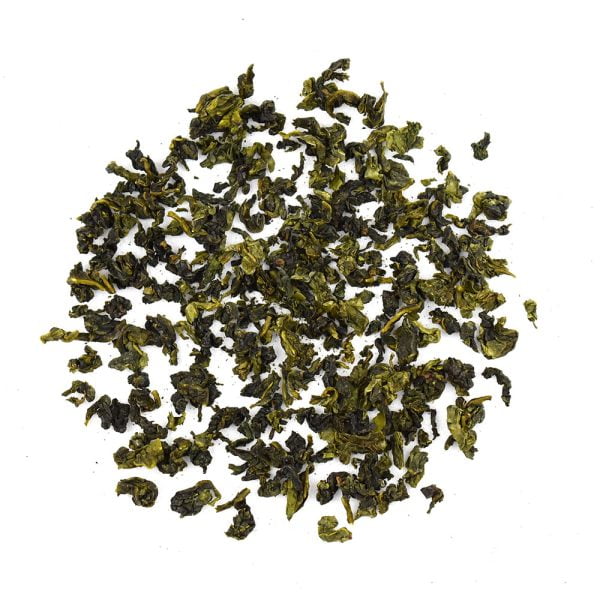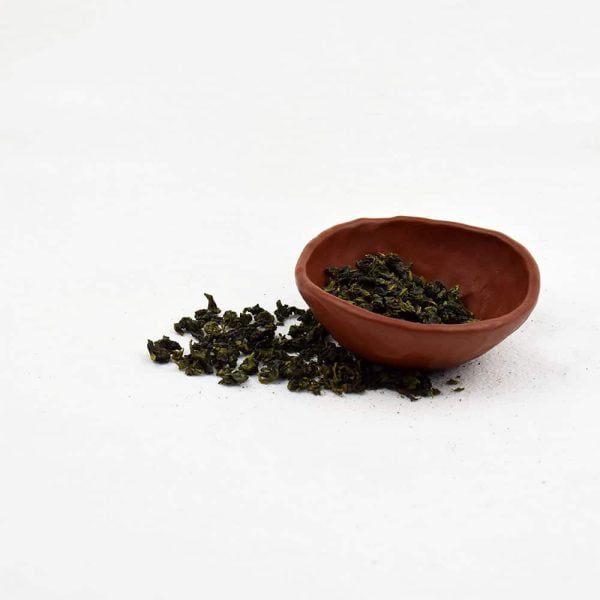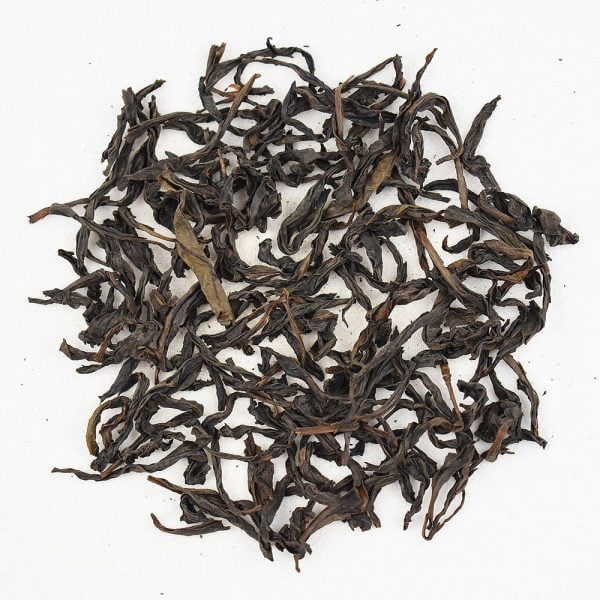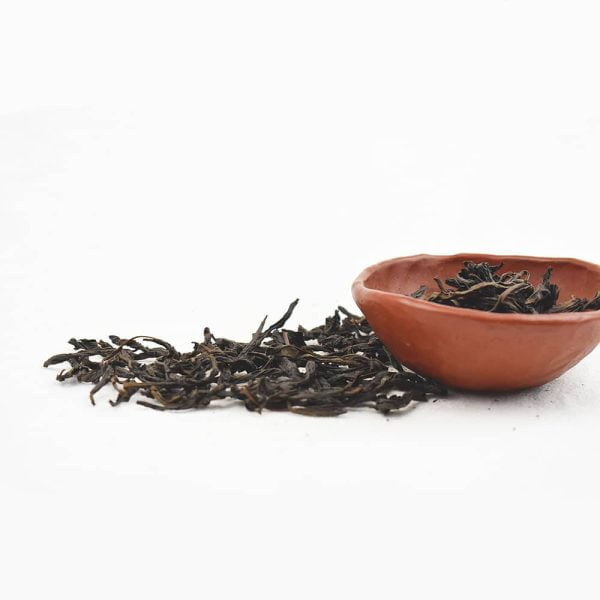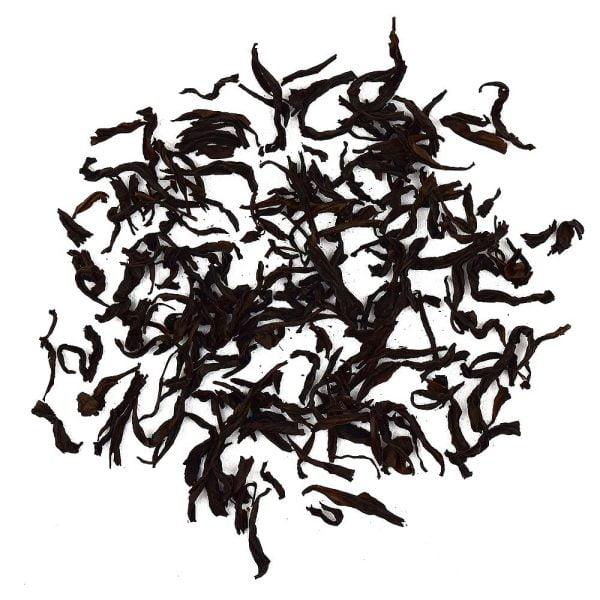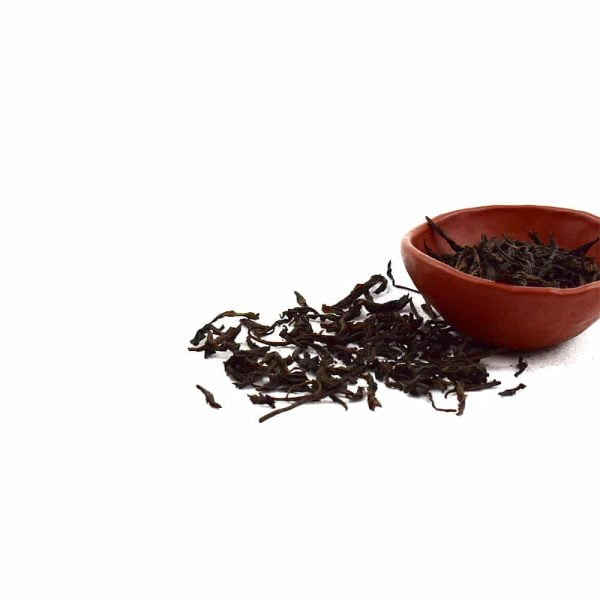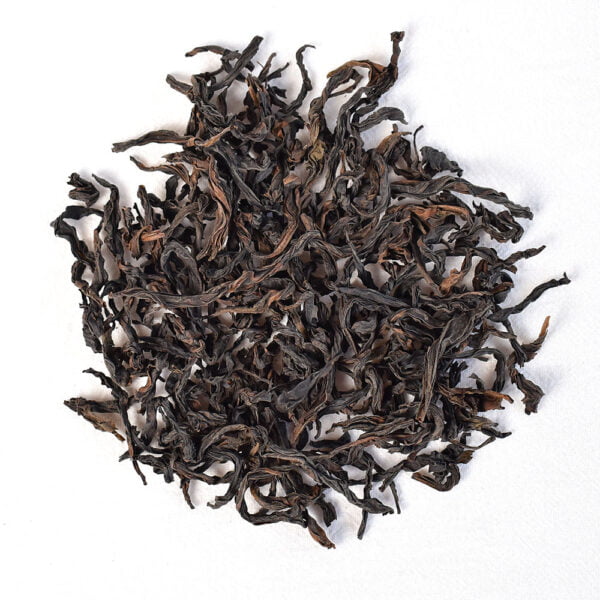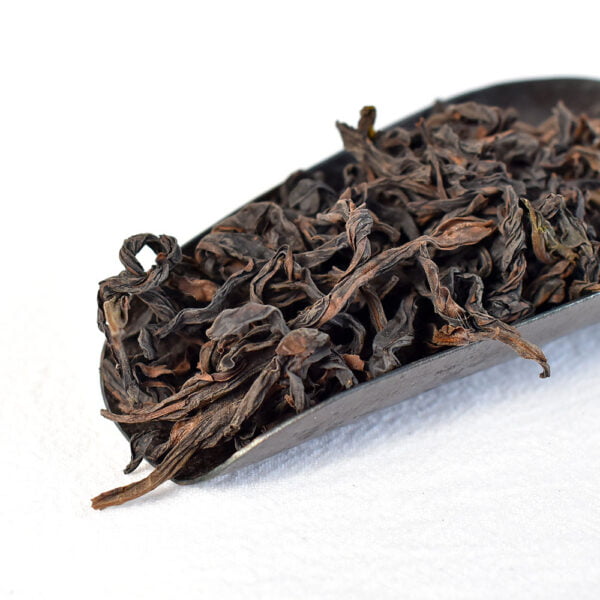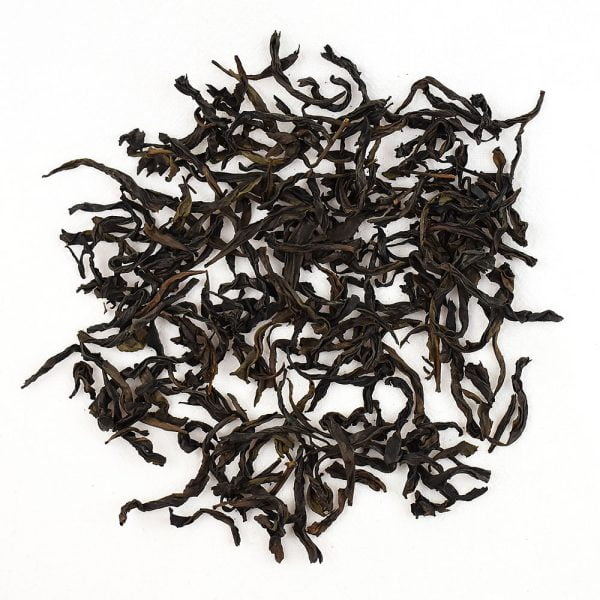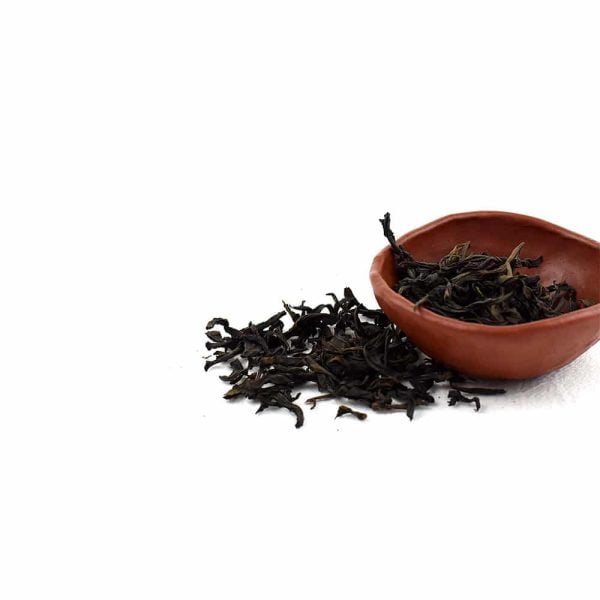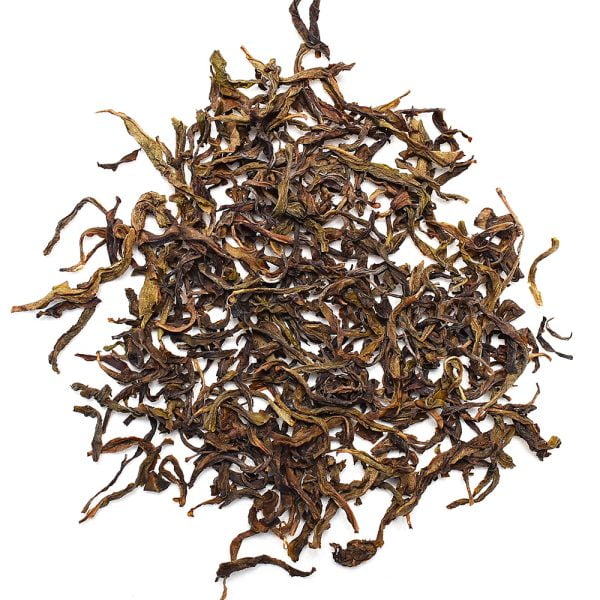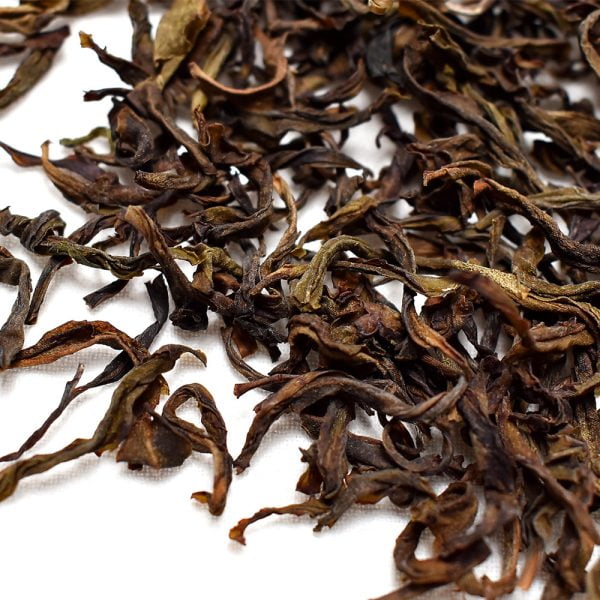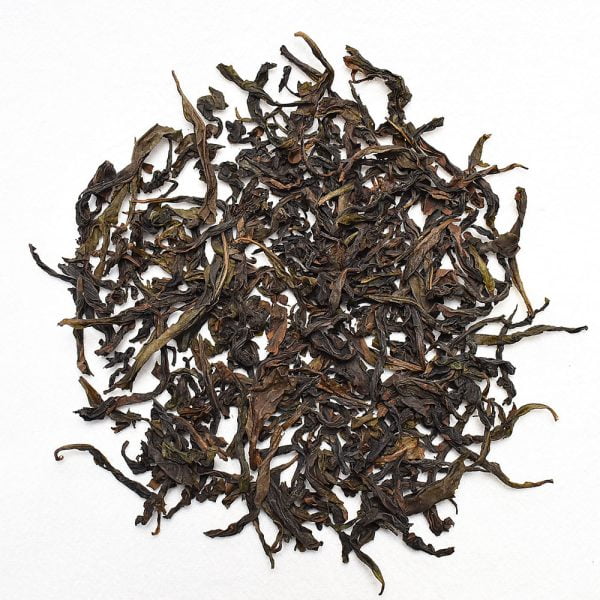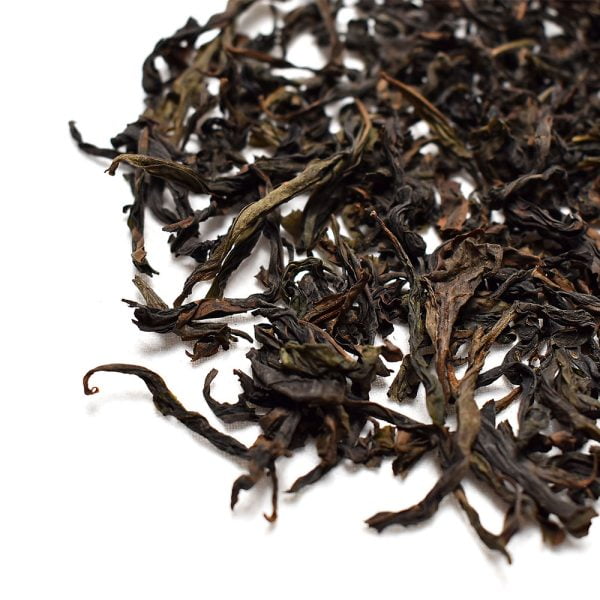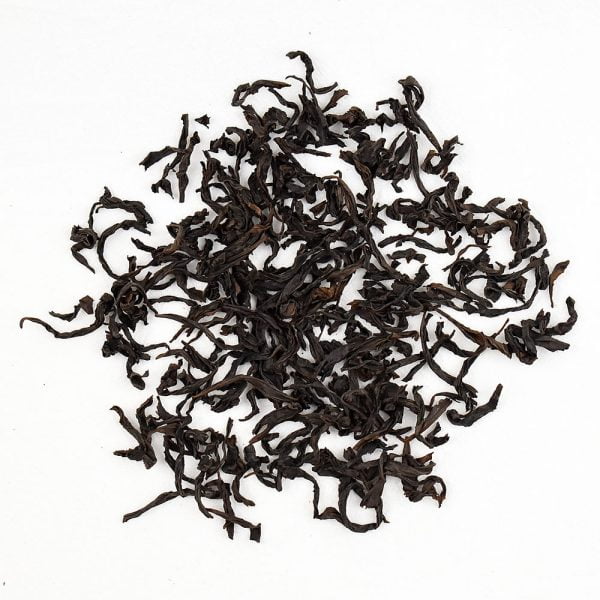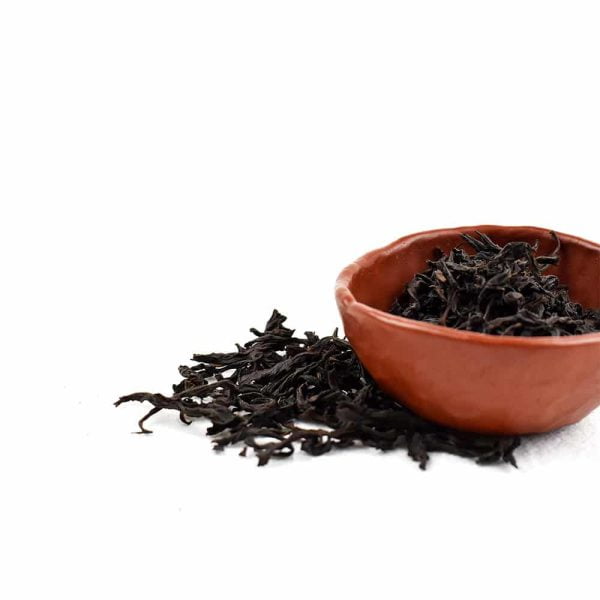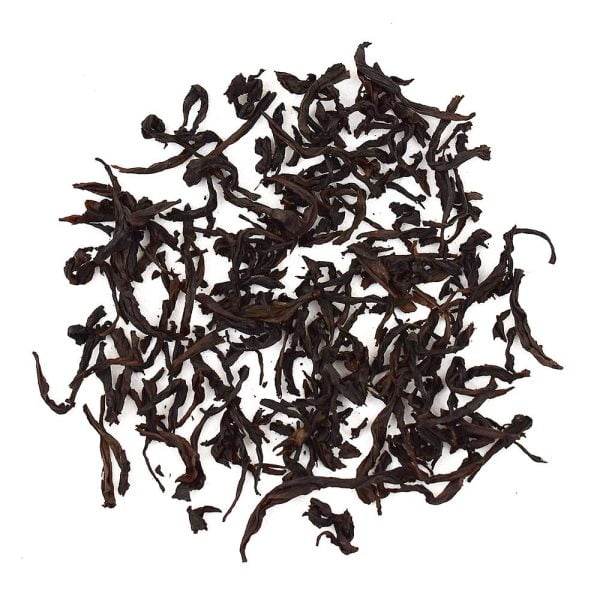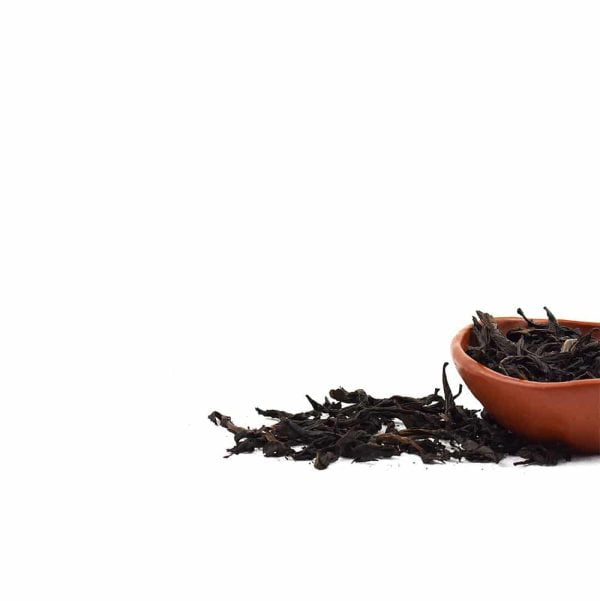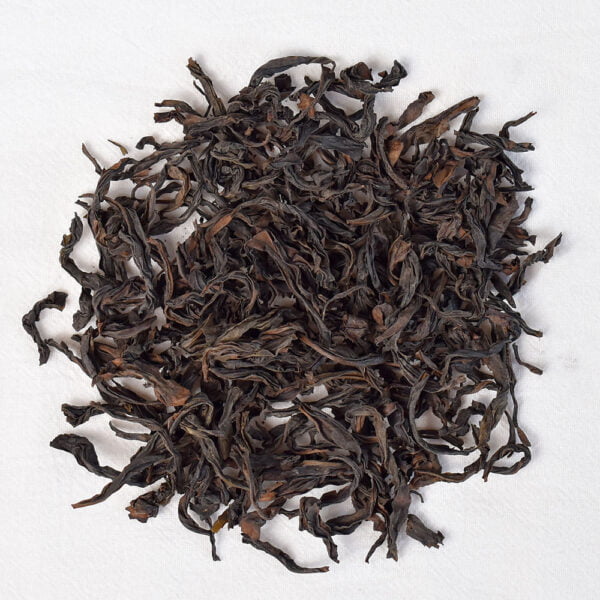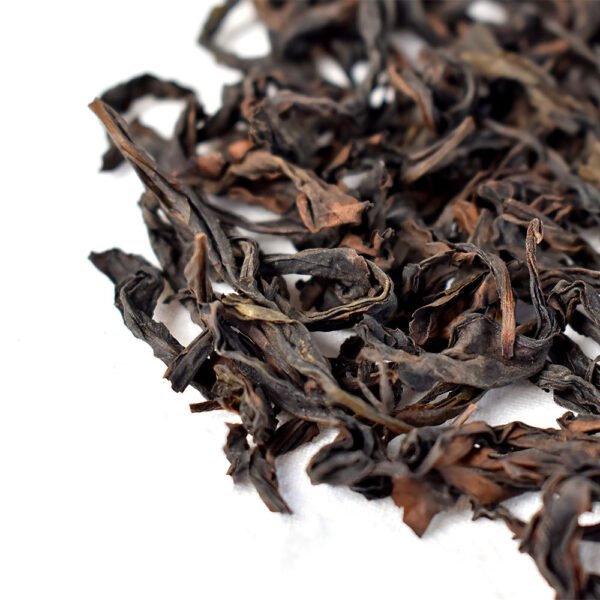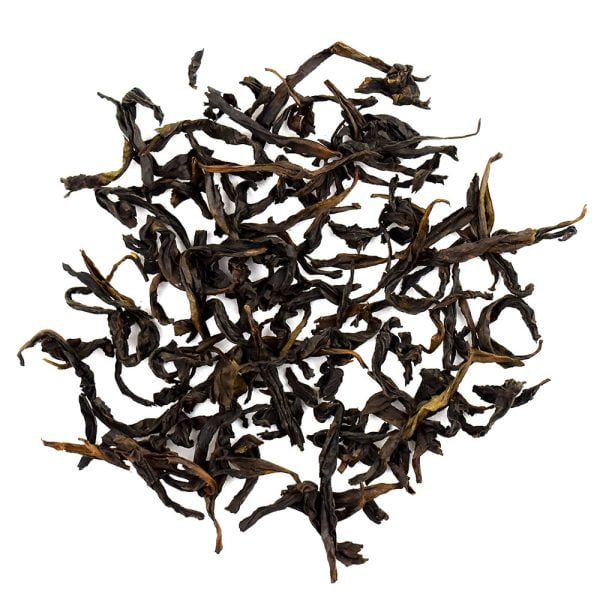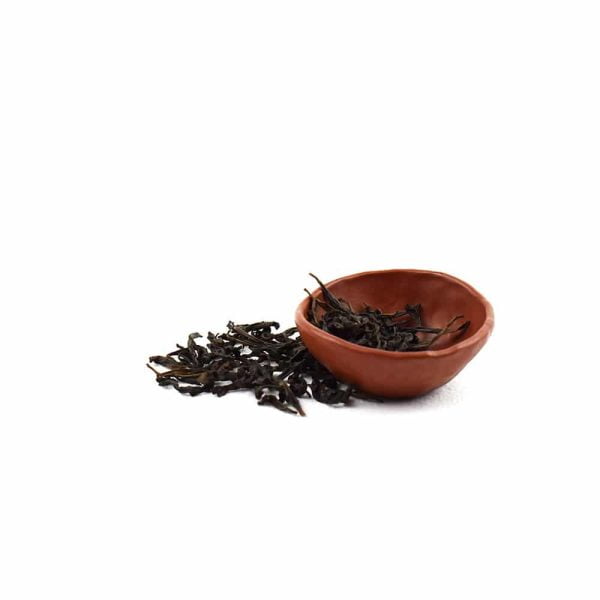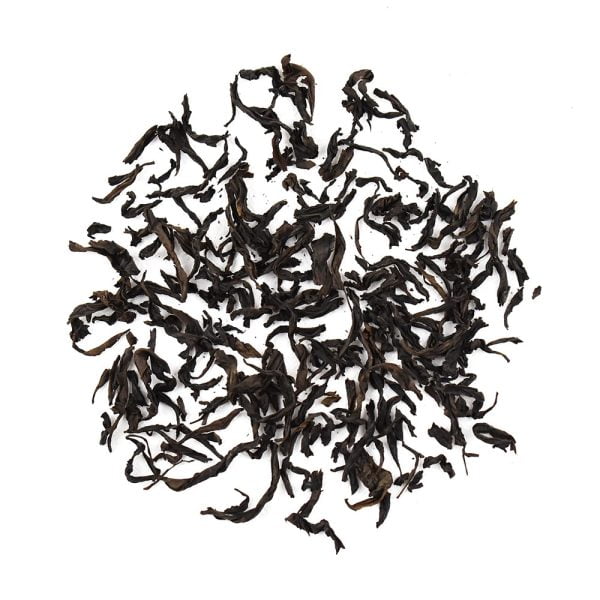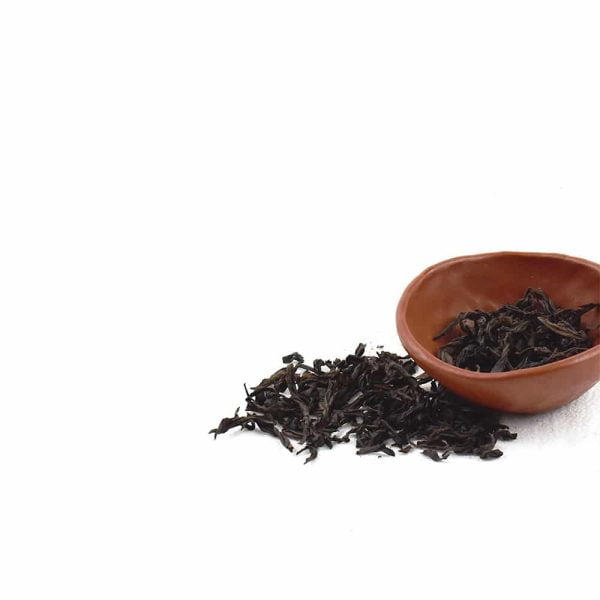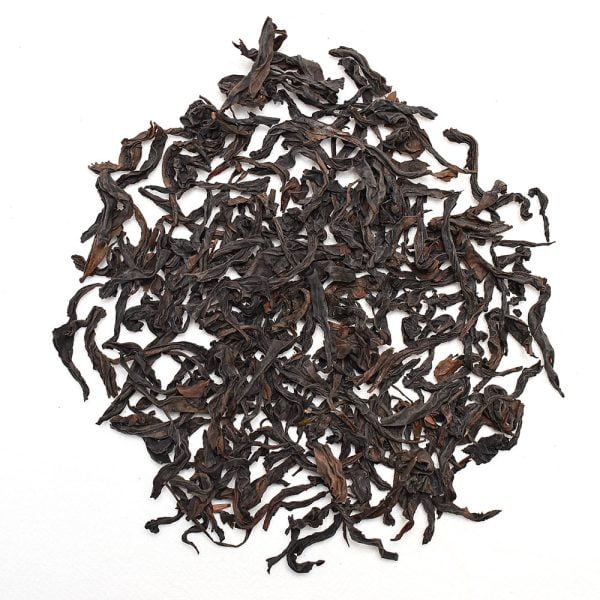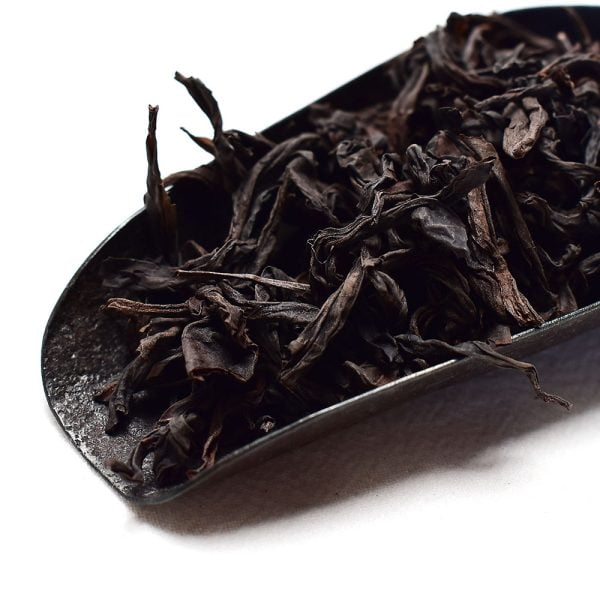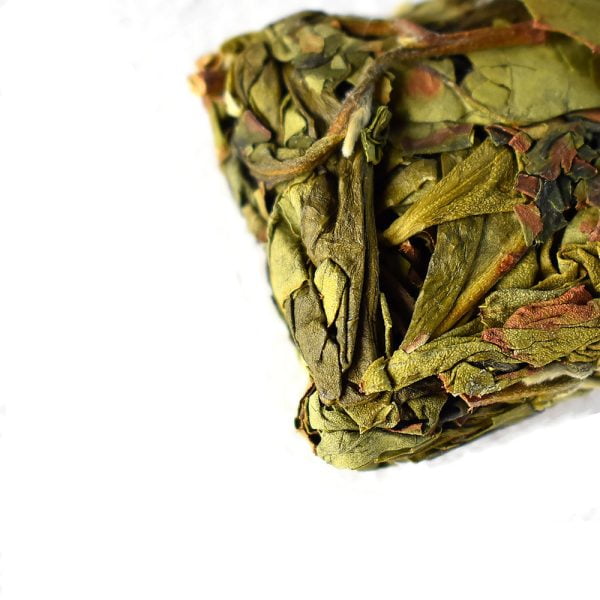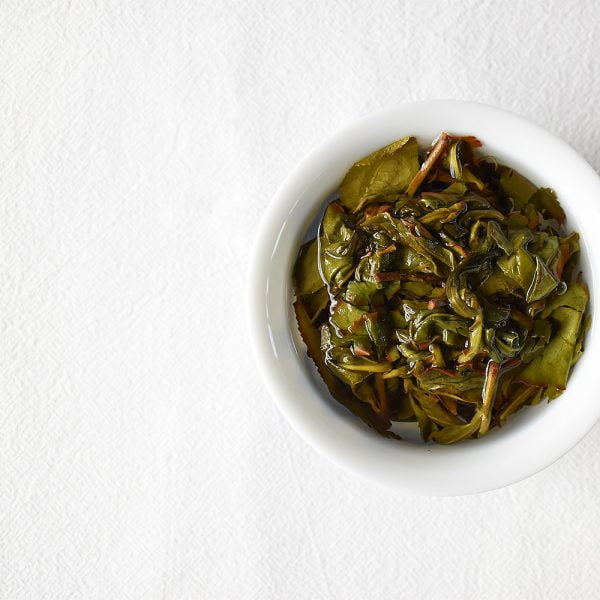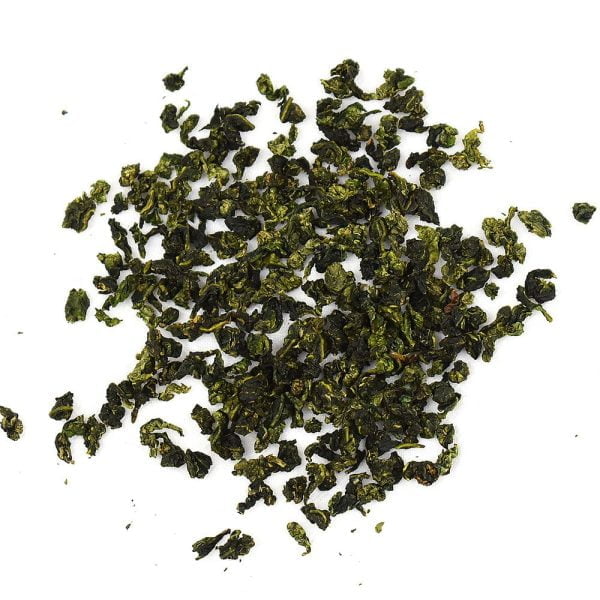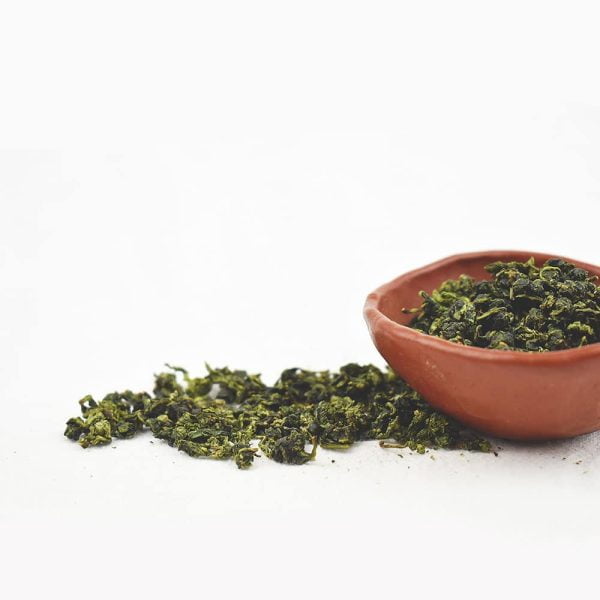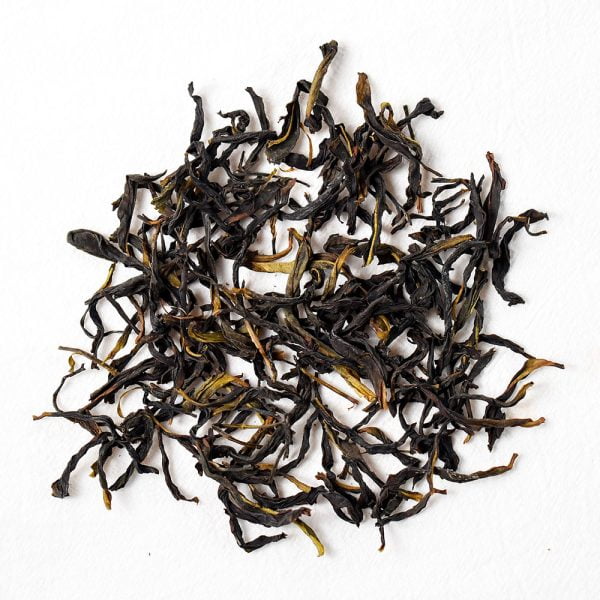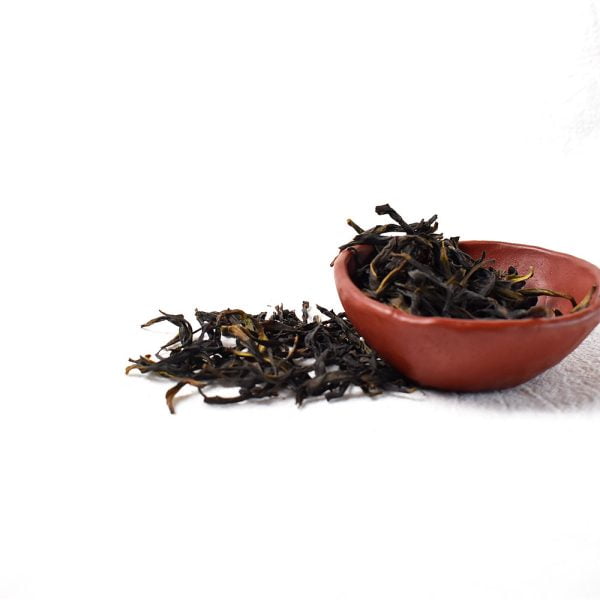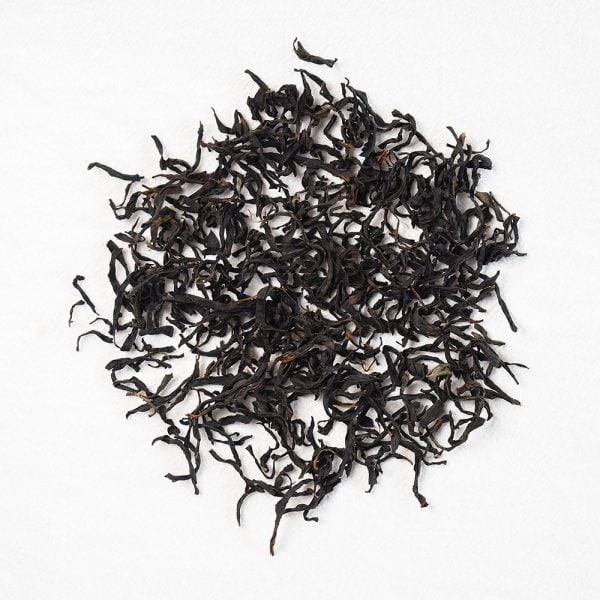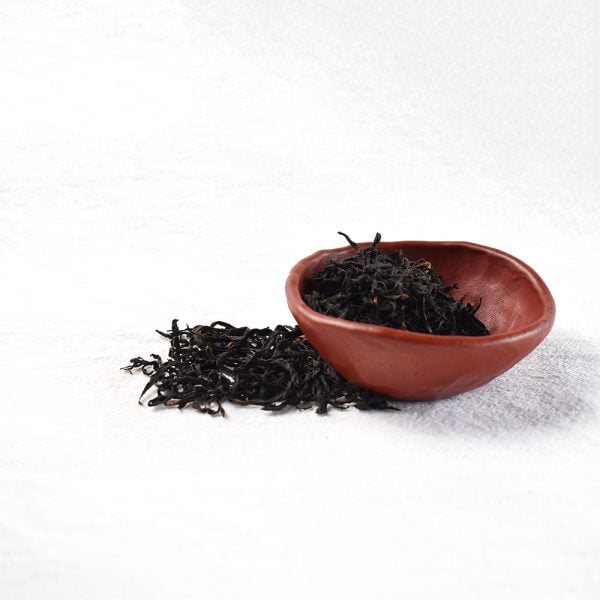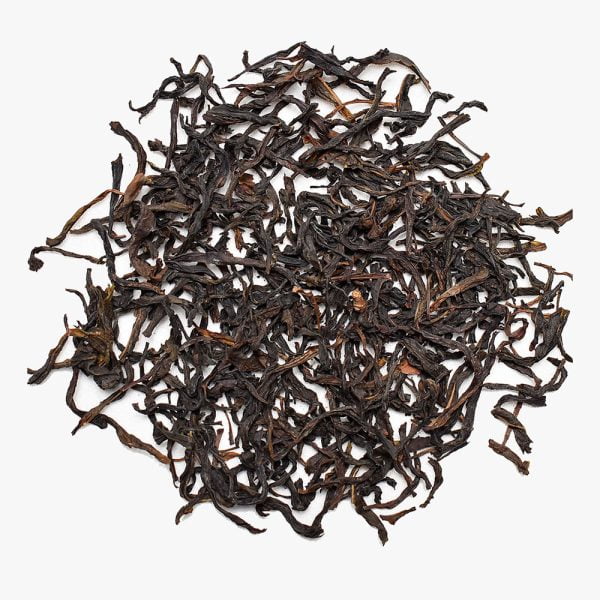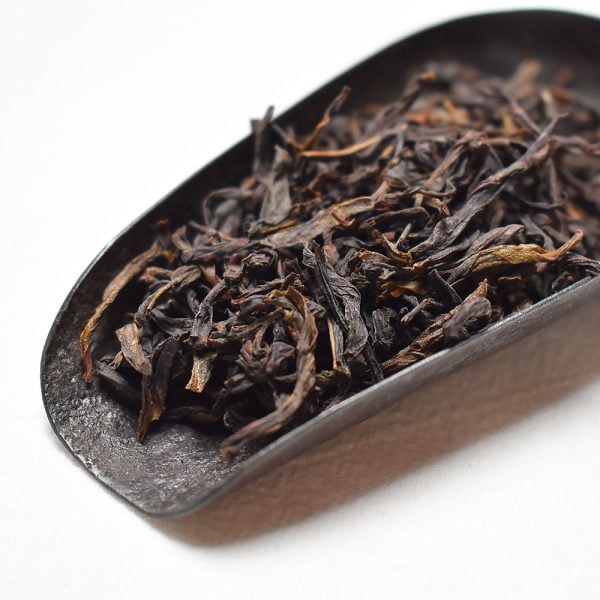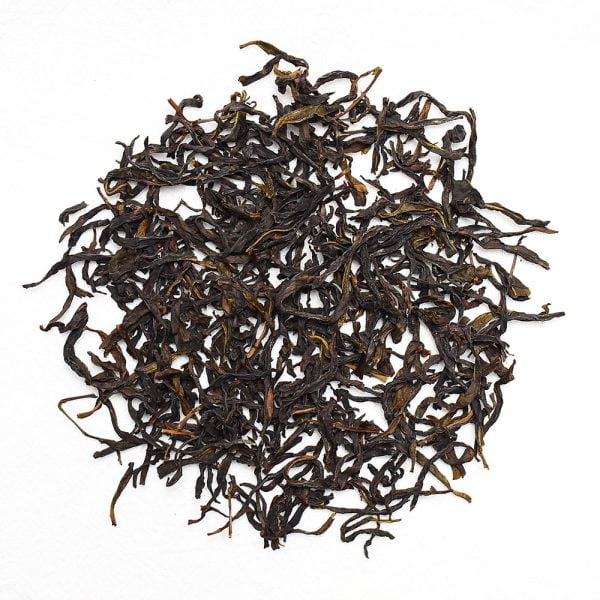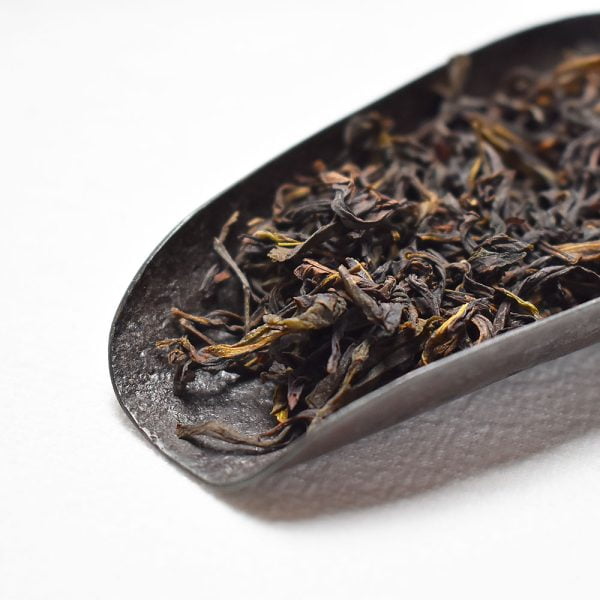This special loose leaf tea, oolong tea (also called Wu Long in Chinese), was firstly created in 1725 in Qing Dynasty. It is a very typical semi-fermented and traditional Chinese tea, and has features from both Chinese black teas and green teas. There are so many varieties of oolong that we stock and we believe you will definitely find one that you like. Free shipping is available Australia-wide.
How Oolong tea is Made
The way of making oolong tea combines some steps of making Chinese black tea and green tea. It can be very complex and sometimes different oolong teas can have different types of making technologies. The flavour of the tea can closely be related to the technology used. Normally, the making procedure can be divided into picking, withering, stirring and setting, fixation, rolling and baking.
The new way of making oolong in the southern mountains of Fujian
- Withering: Firstly, fresh tea leaves were put onto the shelves to evaporate the moisture. This step would also soften the tea leaves, help process the natural enzymatic oxidization and reduce the grassy taste. There are three types of withering – sun withering, indoor withering and manual temperature withering.
- Stirring/shaking and setting: This step is the most important part of the entire making procedure. The main purpose of stirring/shaking and setting is to monitor and control the moisture evaporation of the tea. Continuous monitoring requires tea makers to stay up all night. During the step, the moisture inside the fresh tea stems would spread into the leaves, which contains abundant theanine and catechins as well as aromatic substances. As a result, it is the stirring/shaking process that determines the special aroma of the oolong tea. In very old days, this step was processed inside a wicker basket which requires a large amount of manual labour, but now, it can be done by the help of machines. After this step, tea leaves are ready for setting. Setting is a step for fermenting the tea leaves to the desired extent when tea leaves become darker green in colour due to the break of the cells of the tea. This is when the tea starts to develop a rich flowery aroma.
- Fixation: Fixation is the step to destroy the enzymatic oxidization of the tea using high temperature. It also helps to evaporate more moisture, soften tea leaves, remove unwanted odour and form the fresh rich aroma. It also enhances the toughness of the tea that is required before the next step – Rolling.
- Rolling: In this step, tea leaves are put into a bag made of cloth, and then being rolled manually or by machine. Rolling could help move the moisture of tea to the surface of tea leaves, and this will enhance the natural aroma of the oolong tea and also form the shape of tea leaves.
- Baking: This final step is not only to remove unwanted odour for the tea, but also killing bacterias and enhancing the aroma & quality of the tea. It also minimises oxidization and prevents mould from growing.
Brewing
For simple glass vessel/teapot style:
- Use 2 teaspoons of the tea for 125ml teacup or Gaiwan, 4 teaspoons for 250ml glass or 8 teaspoons for 500ml teapot.
- For Ti Kwan Yin (Tieguanyin) or Taiwan oolong teas, use 100°C hot water to infuse the tea leaves for around 2-5 minutes. Re-brewable for around twice.
- For Wuyi Big Red Robe (Da Hong Pao), use 100°C hot water to infuse tea leaves for around 1-2 minutes. Re-brewable for around 2-3 times.
For gongfu style
Please see the brewing guide here.
Storage of Oolong Tea
- Avoid direct sunlight. Sunlight will break the chlorophyll of oolong teas and turn it into pheophytin, which will heavily affect the quality of the tea. Therefore, keep it inside an opaque cabinet if possible.
- Avoid high humidity. Like any other fried foods, oxygen and moisture are the biggest enemies. Moisture in the air can impact the flavour and quality of the tea leaves. Teas can even become mouldy if it is regularly stored in a high humidity environment. So please keep it away from places such as your bathroom or cabinets beside your dishwasher.
- Avoid other odours. Tea leaves can absorb different odours easily, so keep it away from a smelly environment like your kitchen.
- Avoid high temperature.
For lightly fermented oolong teas, we recommend storing it in a fridge, inside an aluminium bag if possible. That is because the substance inside such tea leaves is relatively unstable in the room temperature, which creates conditions for the growth of microorganisms. Low temperature can enhance its stability and effectively inhibit enzyme activity & microbial from growing.
For deeply fermented oolong teas, we recommend storing it in a dry place, wrapped with an aluminium bag if possible.





